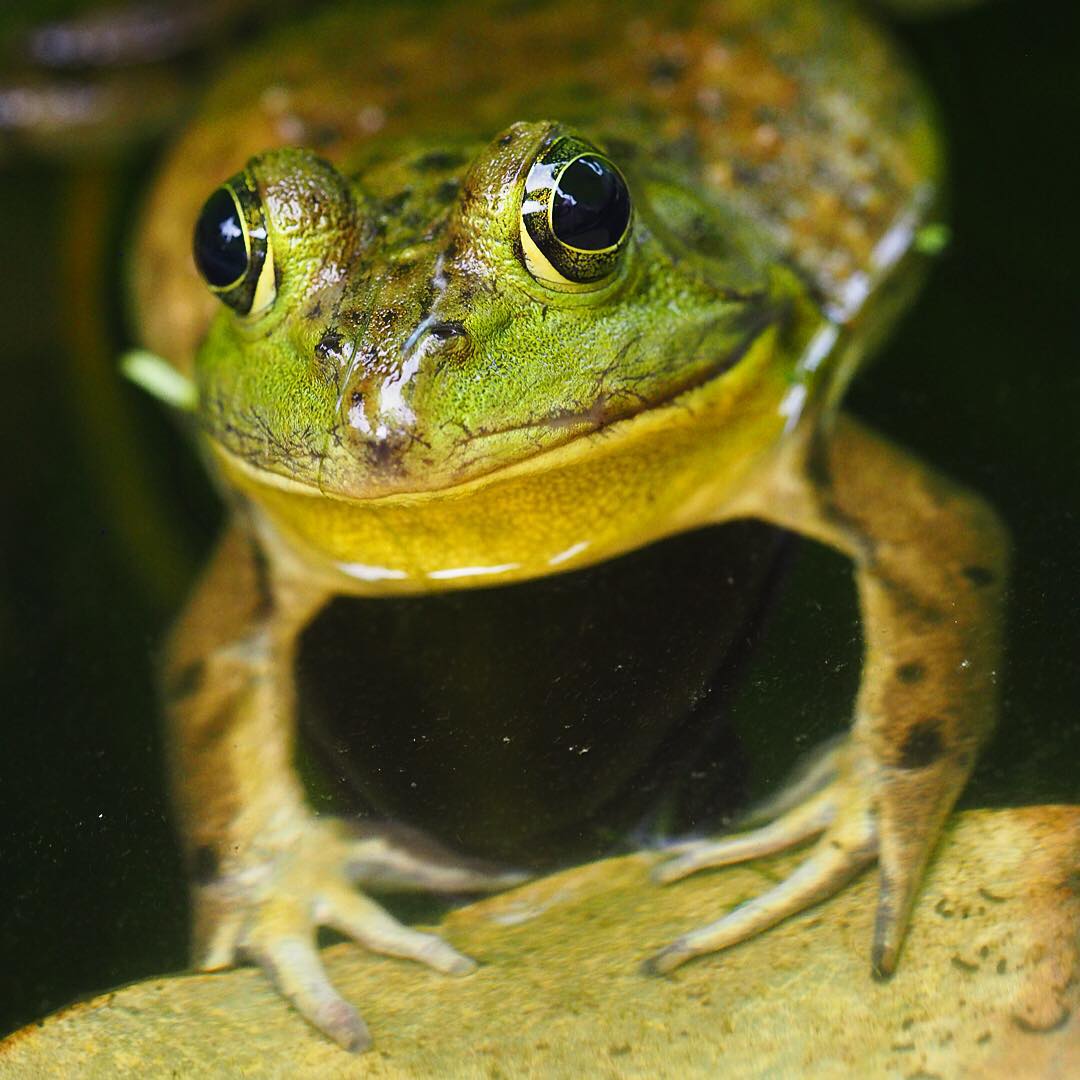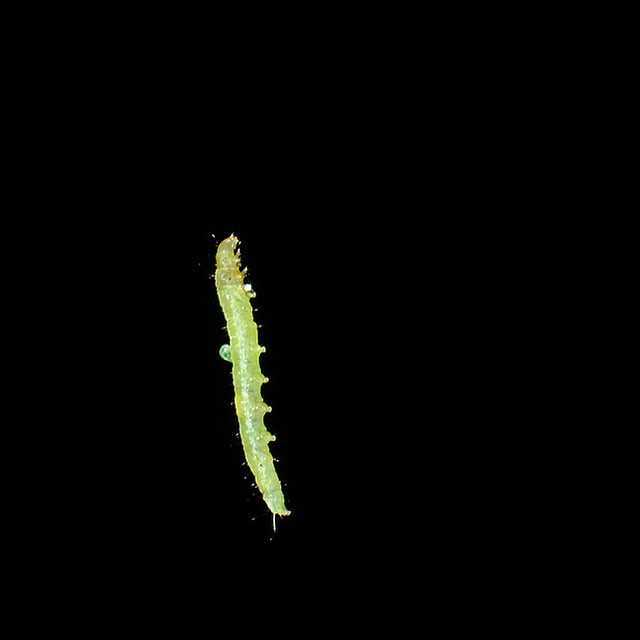
Pickerel frogs are named for the unfortunate distinction of being used as bait to catch pickerel fish. Fortunately, they don’t have too many predators because they secrete toxins through their skin, the only poisonous frog species native to the U.S. Their poison can kill some other potential predators, including some fellow amphibians, though for people it is just a minor skin irritant. Although this deters most predators, some other frogs and snakes will eat them and have evolved defenses against these toxic substances. Garter and some other snakes eat them, as do bullfrogs and green frogs in this frog eat frog world.
Another defense mechanism is a bright yellow coloration on the underside of their hind legs. When the frogs jump to escape predators, this flash of color may confuse potential diners long enough for them to make their escape. When near water, they will also dive very deep and hide well underwater until the danger passes.
They emerge from hibernation in March or April, usually following a heavy early spring rain. If you hear snoring, don’t blame a potentially innocent household member or neighbor. It may just be a nearby pickerel frog. The males call raucously to attract mates. When they call above the water, it sounds like a very low-pitched croak, sometimes inaudible to us. When they vocalize underwater, as they often do, it sounds like snoring. Since they gather in large groups in the water, it may sound like quite a racket with a symphony of snores.
After mating, the females lay egg masses with anywhere from 700 to as many as 3000 eggs. The eggs hatch in around a couple weeks depending on the water temperature during development, and then mature from the tadpole stage in two to three months. During this time they mainly eat plant material. Once they metamorphose to frogs they are carnivorous. When on land they eat small invertebrates like beetles, ants, and spiders. In the water, they will eat snails, crayfish and small amphibians. They remain as young frogs for two to three years before becoming totally mature and ready to snore their way to a new generation.
As you can see in this photo, the front toes aren’t webbed, since they spend a lot of time on land. Although they gather in water to breed, they are mainly terrestrial as frogs, living in fields, forests, and even the entrance to caves. During hot summer weather, they will gather near water and sometimes go swimming to cool off, much like we ourselves gather at lakes and pools. Water is a good way to cool off since we are now officially in what is called the dog days of summer. Though originally named for the position of Sirius, it has been appropriated to translate as the hottest time of the year. In honor of pickerel frogs, I declare the new name of this peak of summer heat the frog days of summer.



